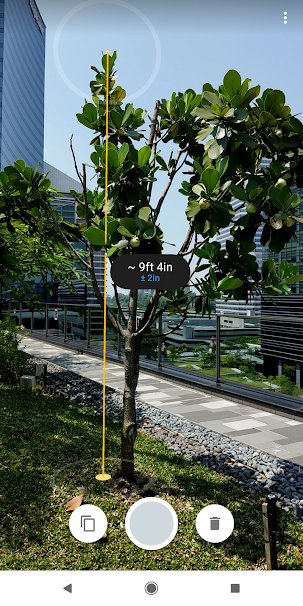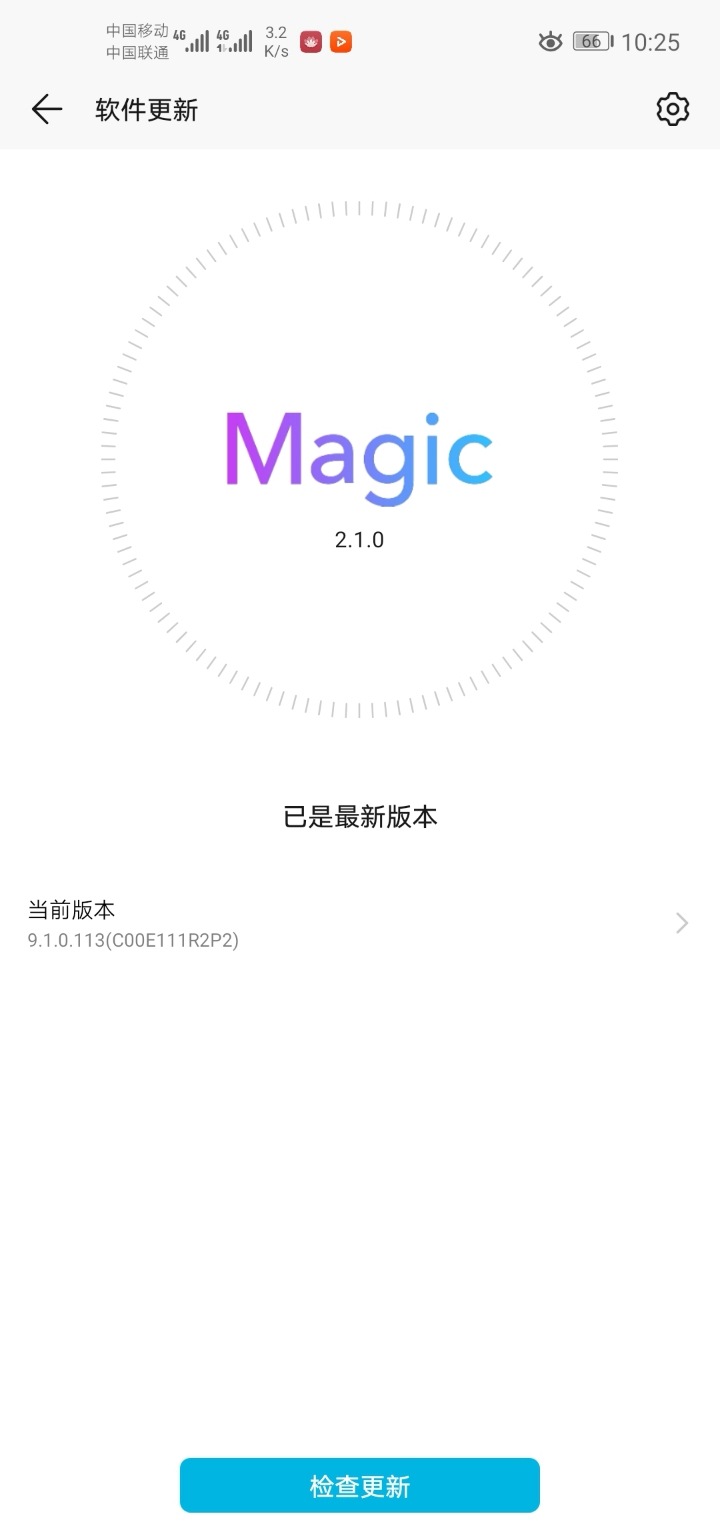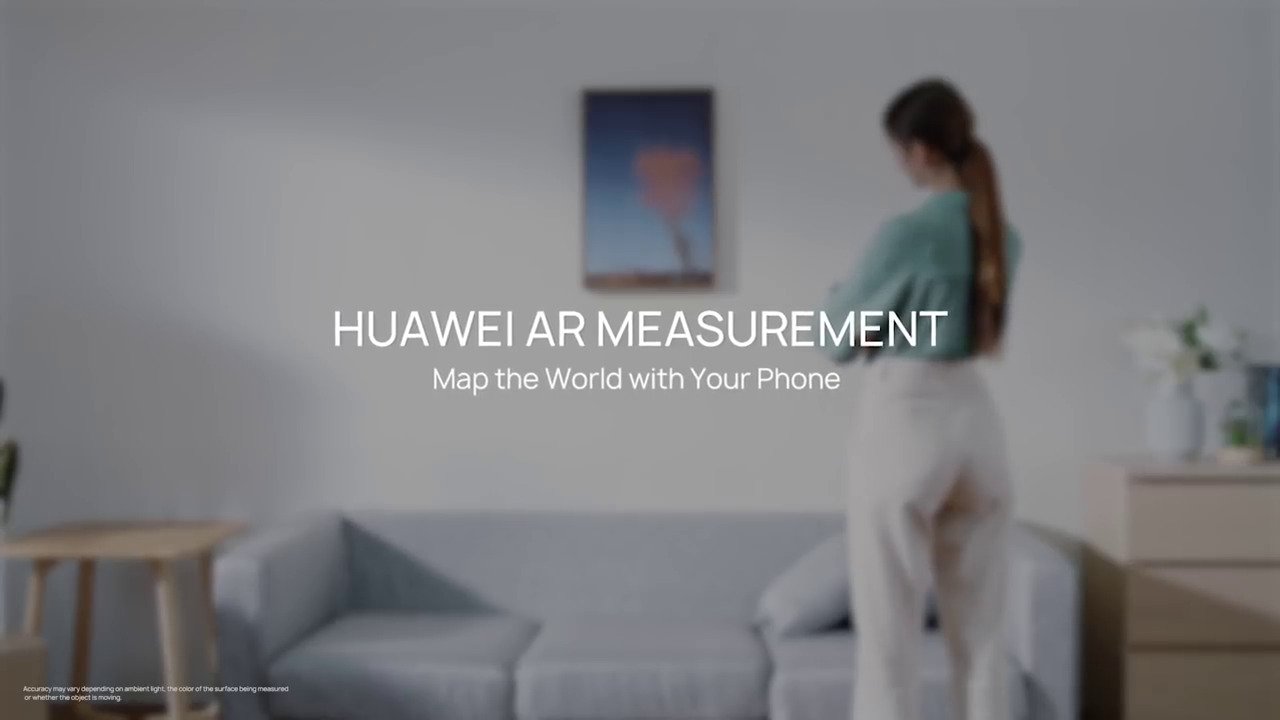We, the 90’s kids, went through plethora of sci-fi techs via pop cultures. Thanks to the exponential improvements of consumer electronics, some of them are not mere imagination anymore.

I have to bring the reference of Star Trek, as it is one of the most influential icons among the sci-fi lovers. They had this thing called Holodeck, which was a combination of holography, virtual reality (VR) as well as augmented reality (AR).
The programs, projected via emitters within a specially outfitted but otherwise empty room, can create both “solid” props and characters as well as holographic background to evoke any vista, any scenario and any personality — all based on whatever real or fictional parameters are programmed.
Skip to the early 2010’s, and tech giant Google shocked the world by introducing the Google Glass – a pair of futuristic ‘smart’ eyeglasses featuring rich AR support. Although it was never fully commercialized and more of a proof of concept, Glass started the revolution.
Virtual and augmented reality, togetherly called mixed reality, are part of scientific and military research projects since a long time. But Google Glass and its spiritual successors brought the technology to the masses.
To bring the power of AR in Android powered smartphones, Google initiated Project Tango.
They collaborated with legendary human-computer interaction specialist Johnny Chung Lee to design the platform which involved a large array of sensors such as a ToF camera, an IR projector, a fish-eye motion camera etc.
Project Tango was maintained by Google’s Advanced Technology and Projects (ATAP) group. Google did release a handful of Tango compatible consumer Android devices, but the price point and complexity made it difficult for mass adoption.
The Mountain View company started working on ARCore – a software development kit (SDK) to simplify the development of augmented reality. ARCore is the true successor to Project Tango, and it is compatible with modern smartphones without extra sensors.
ARCore is Google’s platform for building augmented reality experiences. Using different APIs, ARCore enables your phone to sense its environment, understand the world and interact with information. Some of the APIs are available across Android and iOS to enable shared AR experiences.
Niantic, an offspring of Google, further popularized AR to the general users by developing augmented reality driven games such as Ingress and Pokémon Go. Nevertheless, a bunch of users got familiar with the power of AR with a simple measurement tool.

Smartphone makers prefer to advertise the AR capabilities of their phones using such measurement apps, which are quite handy in real life. Recently, Huawei’s current flagship – the P30 Pro, got an update in China that enabled native AR measuring functionality on the phone.
Huawei P30 Pro is powered by the company’s in-house Kirin 980 SoC. The same SoC is used in Honor View 20 as well, which is considered as the budget flagship offering from the sub-brand (Honor) of the Chinese OEM.

There are multiple regional variants of Honor View 20, and they are running different versions of Magic UI 2.0.1 (EMUI 9.0.1, based on Android 9.0 Pie). Now a new beta update of Magic UI 2.1.0 (EMUI 9.1.0) has been announced for the Chinese variant, which also brings AR measurement feature with it.

The official changelog should be as follows:
[Setting]
Fix the problem that the default mobile data cannot be switched between the two cards. Fix the problem that the voice assistant can’t customize the skill. Fix the problem that the smart input method button vibration function is invalid.
[AR measurement]
Add the AR measurement function to measure the length and area of the object. Volume, and body height
[Intelligent networking]
Intelligently optimizes high-quality network to provide you with a smoother online experience
[Smart Video]
Intelligent extraction of essence clips, automatic matching of special effects templates, one-click production of more exciting MV
[Screen]
Optimize the screen touch operation experience, make your touch screen operation smoother.
The exact build version of this beta update should be 9.1.0.113 (if upgrading from 9.0.1.16) or 9.1.0.14 (if upgrading from 9.0.1.161).
Beta users are requested by Huawei to provide detailed feedback. To improve the quality of beta testing, they are going to recruit 1,000 new volunteers in this semi-public beta testing.
Interested users can visit this thread and apply for the testing. Only PCT-AL10 and PCT-TL10 variants of the Honor View 20 are eligible. Further prerequisites are as follows:
1. Please make sure your phone does not have ROOT.
2. Please make sure that the mobile phone has more than 6G internal storage space, otherwise there will be a risk of upgrade failure. (View storage method: Settings – Storage).
3. Sign up for the new version of the internal pollen, please make sure that the current version of the mobile phone is 9.0.1.165 and above. (Version number view method: Settings -> System -> About the phone, view the version number information, if the current version is not on the baseline version Please upgrade online to this version before signing up)
As readers may notice, the newest beta contains the fix of mobile data connection bug between two SIMs. However, you can not directly apply the OTA on global models as firmware update channels are different.
For example, Indian View 20 models (PCT-AL10) are currently running Magic UI 2.0.1 (EMUI 9.0.1.142), whereas Pakistani users are reportedly getting the 9.0.1.165 OTA update.

FYI, Honor View 20 is officially certified by Google ARCore. Thus you can use any third party AR measurement app (including Google’s) on it.
Have you used your smartphone for measuring distance using augmented reality? Comment below.
PiunikaWeb is a unique initiative that mainly focuses on investigative journalism. This means we do a lot of hard work to come up with news stories that are either ‘exclusive,’ ‘breaking,’ or ‘curated’ in nature. Perhaps that’s the reason our work has been picked by the likes of Forbes, Foxnews, Gizmodo, TechCrunch, Engadget, The Verge, Macrumors, and more. Do take a tour of our website to get a feel of our work. And if you like what we do, stay connected with us on Twitter (@PiunikaWeb) and other social media channels to receive timely updates on stories we publish.


